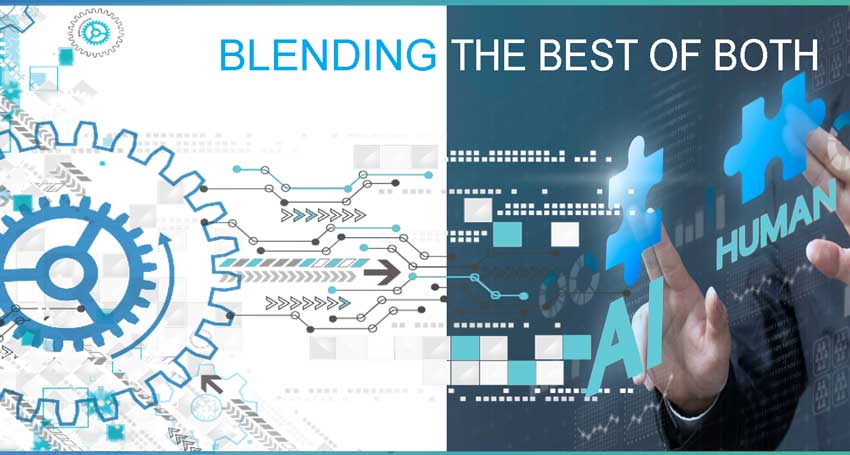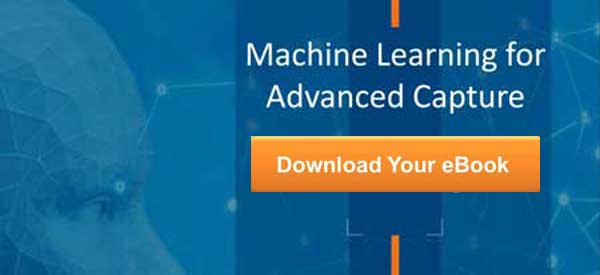
Artificial Intelligence, AI is everywhere and not a person to think. We are at an inflection point that will have marked effects on our daily lives. Stop to ponder it. If cars can drive themselves, do we need parking lots or garages anymore? Can the cars drive themselves to an offsite storage facility away from congestion? If AI can write news articles from facts and present the news as artificial anchors, will we be appropriately informed by them?
Human in the Loop Processes
What is less talked about is how AI will be best when it is used in collaboration with humans, not to completely replace them. Everest Group talks about “human in the loop” processes where AI is used where it shines, and we humans get to use our brains instead of just performing rote tasks.
When it comes to applying machine learning to tasks, it is important to assess the tasks based upon the strengths of a given machine learning platform. To borrow another construct, tasks can be thought of most simply as falling into two categories: input tasks and output tasks. Input tasks are those that largely focus on taking-in information and transcribing and transposing it to a format that can be used in other processes. Output tasks are the ones that take results of input tasks and make assessments.
Where AI Works Best
In general, AI works best and most efficiently when applied to input tasks. For example, input can be taking a question from a customer on a website and pointing them to the needed information. Or, it could be taking a set of documents and locating and extracting needed data. Input tasks are easier for advanced AI to handle because input tasks have rule sets that are more straightforward in most cases: Take A and deliver B.
When it comes to output tasks, the rules are not so straightforward. Some output-oriented processes can be automated. For example, AI can be used for credit scoring by leveraging payment history collected from transaction-based data. Or, it can be used to issue payment from data collected from an invoice. However, many output tasks require “soft knowledge” that is not easily encoded into an AI. Examples include taking a summary of data on a group of customer contracts in order to begin a renegotiation or taking data from a range of financial documents to determine whether to underwrite a commercial loan.
Leveraging the Knowledge Workers
These complex tasks will begin to redefine and focus the concept of the “knowledge worker” on activities and skill sets that are not easily automated. In most cases, it will be AI for inputs and humans for outputs. Successful use of AI is all about understanding the strengths and weaknesses of the machines and humans where the ultimate result is an intelligent combination of AI and human.
###
If you found this article interesting, you might want to do a deep-dive into Machine Learning for Advanced Capture:




